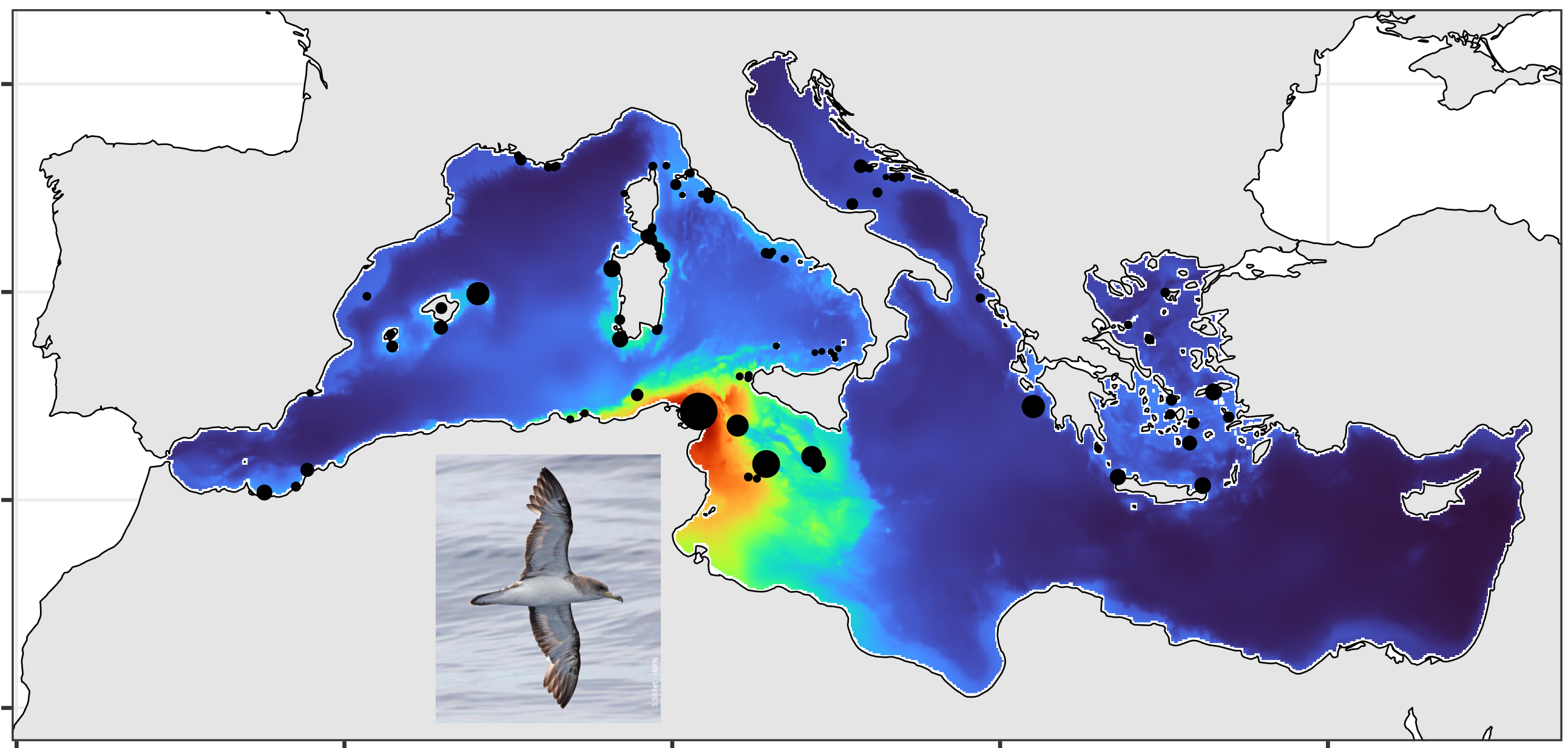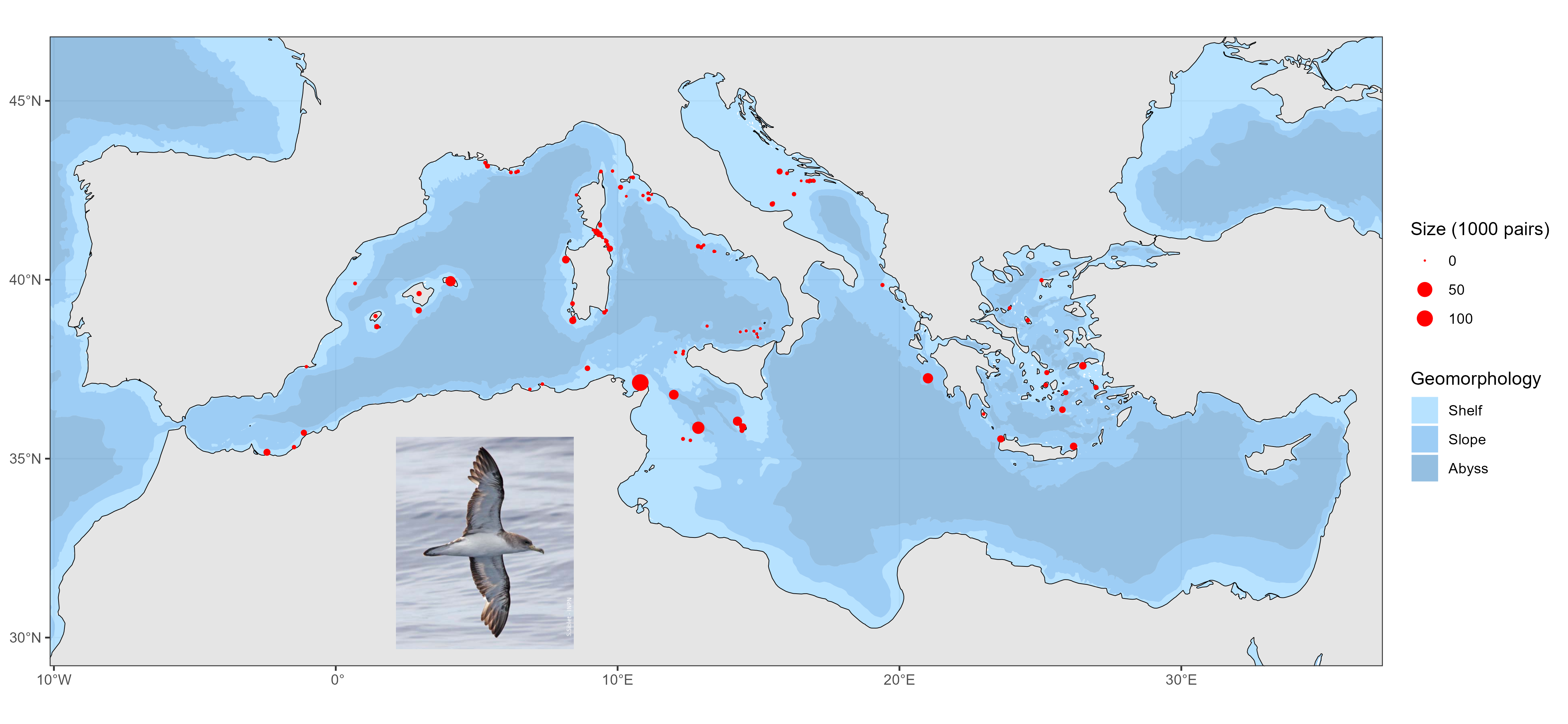Observational data
Type of resources
Available actions
Topics
Keywords
Contact for the resource
Provided by
Years
Formats
Representation types
Update frequencies
status
Scale
Resolution
-

The European Union’s Copernicus-funded TRUSTED project (Towards Fiducial Reference Measurements of Sea-Surface Temperature by European Drifters) has deployed over 100 state of the art drifting buoys for improved validation of Sea Surface Temperature (SST) from the Sentinel-3 Sea and Land Surface Temperature Radiometers (SLSTR). These buoys are manufactured by NKE. The TRUSTED drifting buoys data and metadata are distributed in qualtity control NetCDF files, as a subset of DBCP drifting buoys GDAC (Global Data Assembly Centre). Coriolis DAC (Data Assembly Centre) routinely collects, decodes, quality controls, preserves and distributes data and metadata as NetCDF-CF files. The TRUSTED buoys have specific features managed by Coriolis DAC python data processing chain: a high resolution temperature sensor in addition to the classic drifting buoy temperature sensor. The high sampling and high resolution observations are distributed in specific variables TEMP_HR, TEMP_HR_SPOT, TEMP_HR_XX (XX is the percentile sample).
-

Distribution of Scopoli's shearwater (Calonectris diomedea) in the Mediterranean Sea during the summer season Distance sampling surveys are extensively used to estimate the abundance of wide-ranging species but are prone to detection biases. This may be particularly acute for strip-transect protocols, which assume perfect detection. We examined this assumption by quantifying the detection probability of a declining seabird (Scopoli’s shearwater, Calonectris diomedea), with particular attention to time-of-day and observation conditions at sea. We found detection probability was negatively affected by sun glare but positively by cloud cover and considerably dropped during mid-day hours due to circadian changes in behaviour (reduced detectability while resting). This result urges for systematically assessing and correcting detection bias when using strip-transect data to derive abundance information. Here, we did so by building a detection-corrected presence-absence ensemble model and combining it with a compilation of colony sizes and locations. A Monte-Carlo simulation ensured uncertainty propagation within and across data sources. The corrected abundance map showed shearwaters were largely prevalent in the central Mediterranean, Tunisia hosting most of the population both at sea and at colonies (45% of the global population; 79% of breeding pairs). This first accurate map is an essential conservation tool, emphasizing the importance of transnational actions for such species, that know no political boundaries.
-

Geolocations of Scopoli's shearwater (Calonectris diomedea) breeding colonies in the Mediterranean Sea. Distance sampling surveys are extensively used to estimate the abundance of wide-ranging species but are prone to detection biases. This may be particularly acute for strip-transect protocols, which assume perfect detection. We examined this assumption by quantifying the detection probability of a declining seabird (Scopoli’s shearwater, Calonectris diomedea), with particular attention to time-of-day and observation conditions at sea. We found detection probability was negatively affected by sun glare but positively by cloud cover and considerably dropped during mid-day hours due to circadian changes in behaviour (reduced detectability while resting). This result urges for systematically assessing and correcting detection bias when using strip-transect data to derive abundance information. Here, we did so by building a detection-corrected presence-absence ensemble model and combining it with a compilation of colony sizes and locations. A Monte-Carlo simulation ensured uncertainty propagation within and across data sources. The corrected abundance map showed shearwaters were largely prevalent in the central Mediterranean, Tunisia hosting most of the population both at sea and at colonies (45% of the global population; 79% of breeding pairs). This first accurate map is an essential conservation tool, emphasizing the importance of transnational actions for such species, that know no political boundaries.
-
Ocean-surface optical parameters: reflectances
-

The data file present detailed individual congener/compound concentrations for a large variety of hydrophobic organic contaminants including polychlorinated biphenyls (PCBs), organochlorine pesticides (OCPs), legacy and alternative brominated flame retardants (BFRs) and per- and polyfluoroalkyl substances (PFASs) in meso- and bathypelagic organisms collected in the Bay of Biscay, northeast Atlantic, in October 2017. The studied species include 3 crustacean species (Pasiphaea sivado, Sergia robusta, Ephyrina figueirai) and 11 fish species (Xenodermichthys copei, Searsia koefoedi, Myctophum punctatum, Notoscopelus kroeyeri, Lampanyctus crocodilus, Argyropelecus olfersii, Arctozenus risso, Stomias boa, Serrivomer beanii, Chauliodus sloani, Aphanopus carbo). The organisms were collected at night during one single trawling using a 25 m vertical opening pelagic trawl in the deep scattering layer (ca 800 m depth in the water column; 1330 m bottom floor). This dataset was used in the article entitled "A large diversity of organohalogen contaminants reach the meso- and bathypelagic organisms in the Bay of Biscay (northeast Atlantic)" published in Marine Pollution Bulletin.
-

Inorganic carbon and alkalinity measurements (in micromoles/kg) along the coast of Brazil, 2013-2015.
-

Monomission altimeter satellite along-track sea surface heights computed with respect to a twenty-year mean. Previously distributed by Aviso+, no change in the scientific content. All the missions are homogenized with respect to a reference mission which is currently OSTM/Jason-2. The sla is computed with an optimal and centered computation time window (6 weeks before and after the date). Two kinds of datasets are proposed: filtered (nominal dataset) and unfiltered.
-

The network was initiated by IFREMER from 1993 to 2009 (under the acronym REMORA) to study the rearing performance of the Pacific oyster Crassostrea gigas at a national scale. To do so, the network monitored annually the mortality and growth of standardized batches of 18-month-old oysters. Starting in 1995, the monitoring of the rearing performance of 6-month-old oyster spat was integrated into this network. These sentinel batches were distributed simultaneously each year on 43 sites and were monitored quarterly. These sites were distributed over the main French oyster farming areas and allowed a national coverage of the multiannual evolution of oyster farming performances. Most of the sites were located on the foreshore at comparable levels of immersion. Field studies were carried out by the "Laboratoires Environnement Ressources" (LER) for the sites included in their geographical area of investigation. Following the increase in spat mortality in 2008, the network evolved in 2009 (under the acronym RESCO). From this date, the network selected 13 sites among the 43 sites previously monitored in order to increase the frequency of visits (twice a month) and the number of sentinel batches. More precisely, sentinel batches of oysters corresponding to different origins (wild or hatchery, diploid or triploid) and to two rearing age classes (spat or 18-month-old adults) were selected. The monitoring of environmental variables (temperature, salinity) associated with the 13 sites was also implemented. The actions of the network have thus contributed to disentangle the biotic and abiotic parameters involved in mortality phenomena, taking into account the different compartments (environment / host / infectious agents) likely to interact with the evolution of oyster rearing performance. Finally, since 2015, the network has merged the RESCO and VELYGER networks to adopt the acronym ECOSCOPA. The general objective of this current network is to analyze the causes of spatio-temporal variability of the main life traits (Larval stage - Recruitment - Reproduction - Growth - Survival - Cytogenetic abnormalities) of the cupped oyster in France and to follow their evolution on the long term in the context of climate change. To do this, the network proposes a regular spatio-temporal monitoring of the major proxies of the life cycle of the oyster, organized in three major thematic groups: (1) proxies related to growth, physiological tolerance and survival of experimental sentinel populations over 3 age classes: (2) proxies related to reproduction, larval phase and recruitment of the species throughout its natural range in France, and: (3) proxies related to environmental parameters essential to the species (weather conditions, temperature, salinity, pH, turbidity, chlorophyll a and phytoplankton) at daily or sub-hourly frequencies. Working in a geographical network associating several laboratories, ECOSCOPA provide these monitoring within 8 sites selected among the previous ones to ensure the continuity of the data acquisition. Today, these 8 sites are considered as ecosystems of common interest, contrasted, namely : - The Thau lagoon - The Arcachon basin - The Marennes Oléron basin - The Bourgneuf Bay - The bay of Vilaine - The bay of Brest - The bay of Mont Saint Michel - The bay of Veys The ECOSCOPA network is therefore one of the relevant monitoring tools on a national scale, allowing to objectively measure through different proxies the general state of health of cultivated and wild oyster populations, and this for the different sensitive phases of their life cycle. This network aims at allowing a better evaluation, on the long term, of the biological risks incurred by the sector but also by the ecosystems, in particular under the increasing constraint of climatic and anthropic changes. Figure : Sites monitored by the ECOSCOPA network
-

This delayed mode product designed for reanalysis purposes integrates the best available version of in situ data for ocean surface currents and current vertical profiles. It concerns three delayed time datasets dedicated to near-surface currents measurements coming from three platforms (Lagrangian surface drifters, High Frequency radars and Argo floats) and velocity profiles within the water column coming from the Acoustic Doppler Current Profiler (ADCP, vessel mounted only). The latest version of Copernicus surface and sub-surface water velocity product is also distributed from Copernicus Marine catalogue.
-

This product integrates sea level observations aggregated and validated from the Regional EuroGOOS consortium (Arctic-ROOS, BOOS, NOOS, IBI-ROOS, MONGOOS) and Black Sea GOOS as well as from the Global telecommunication system (GTS) used by the Met Offices. The latest version of Copernicus delayed-mode Sea level product is also distributed from Copernicus Marine catalogue.
 Catalogue PIGMA
Catalogue PIGMA